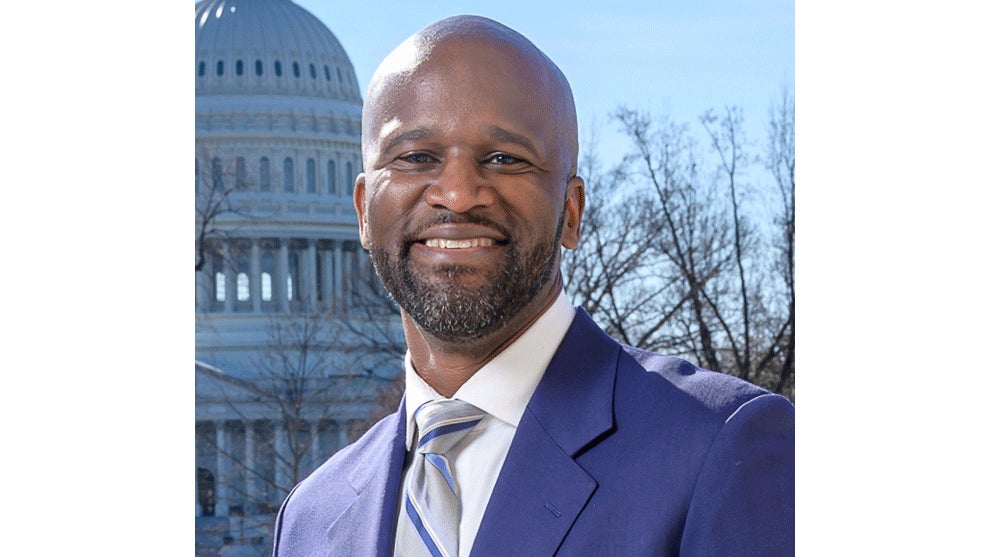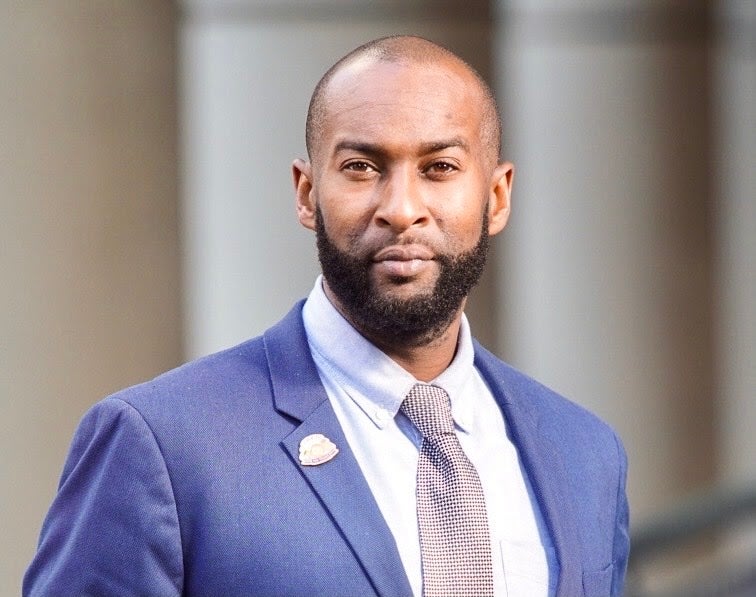County jail, linked to Civil Rights workers, given new life
Published 8:14 pm Friday, December 20, 2019
(AP) — In the summer of 1964, James Chaney, Andrew Goodman and Michael Schwerner spent their last day on Earth at the Neshoba County Jail.
The brick building on East Myrtle Street still stands, and thanks to a local couple who wanted to preserve the historic structure it has a new life as two small apartments.
The history is dark, but its role in propelling the civil rights movement has been an important reminder of that time.
On June 21,1964, the Civil Rights workers, sent to Philadelphia to investigate a fire at a church, were arrested by the Neshoba County Sheriff’s Department for speeding.
The three men spent several hours in the jail and were released.
They drove back to Meridian in a blue station wagon and were never seen alive again.
Members of the Ku Klux Klan followed the men, and when they caught up with them on a small road, pulled them from the car and shot them to death.
In August, the bodies of the men were found buried in a dam not far from the Neshoba County line.
Federal officials, believing there was a conspiracy between members of Neshoba County’s law enforcement community and the Ku Klux Klan, arrested 18 men in October. State prosecutors refused to try the case, saying there was a lack of evidence.
In 1967, seven men were convicted on federal conspiracy charges and given sentences of three to ten years, but none served more than six. In 2005, Edgar Ray Killen was brought to trial and convicted on three counts of manslaughter and sentenced to 60 years in prison before dying in 2018.
The case was finally closed in 2016.
The deaths of Chaney, Goodman and Schwerner marked a turning point in the Civil Rights Movement, leading to the ultimate passage of the Voting Rights Act of 1964.
‘A new life’
Growing up in Philadelphia, Tyson Smith didn’t know much about the building’s history.
“I came across it when I was walking from high school, I would walk past it daily,” said Smith, a staff sergeant in The Marine Corps.
Instead of letting the building go to ruin, Smith and his wife, Ashley, decided to preserve it, by buying the jail and converting it into a living space.
After coming back from serving a deployment in 2014, Smith converted the building into two apartments, each with two bedrooms, a bathroom and a full kitchen. The conversion took four months, he said.
The old jail is on the market again, with an asking price of $125,000.
When he first stepped into the jail, Smith said he could feel how the Civil Rights workers were treated.
“Sometimes, while on the property, I can’t help but think about what those poor young men must have gone through that night,” Smith said.
Smith said he wanted to own something that is not just a part of Philadelphia’s history but a part of Mississippi’s Civil Rights history.
“This property is important to me, not only because it represents Mississippi’s rich history, but also, although tragic, it represents an important event that helped win the hearts and minds of residents in the heart of Mississippi, and helped the Civil Rights movement overcome some of the resistance it faced prior to the incident,” he said.
‘Saving history’
Jennifer Baughn, a chief architectural historian with the Mississippi Department of Archives and History, said saving historical buildings gives people a tangible form of history beyond mere words.
“I think history is a better story when the place is still there,” she said.
The jail had a living area for the sheriff and his family and 10 cells for inmates, she said.
The jail is part of the Downtown Philadelphia Historic District, which is listed on the National Register of Historic Places. Baughn said that doesn’t mean it’s safe from demolition, because it’s privately owned, she said.
For a long time after the murders, many people in Neshoba County were unwilling to talk about the case, because the experience was so traumatic, she said.
That changed in the 1990s, when a movement arose to confront the tragedy, seeking reconciliation as a means of progress.
The marker and the building remain so people can have conversations about the past. Old buildings tell stories of what happened and give those who lived there a voice, Baughn said.
“Buildings allow people to keep telling their stories,” she said.





